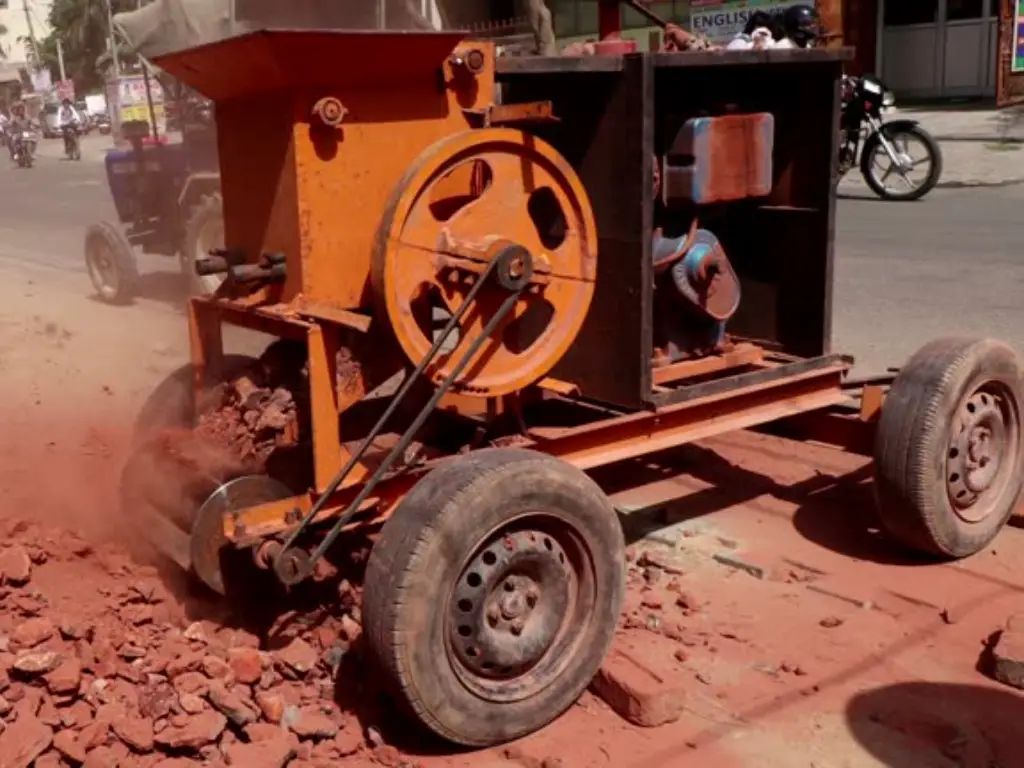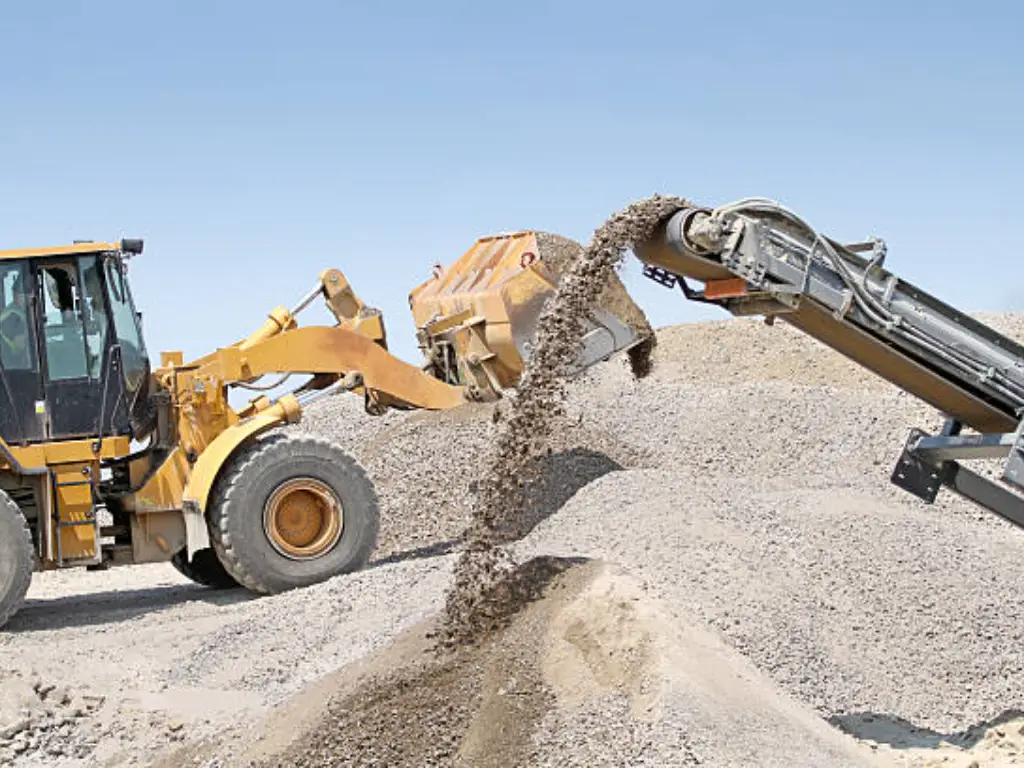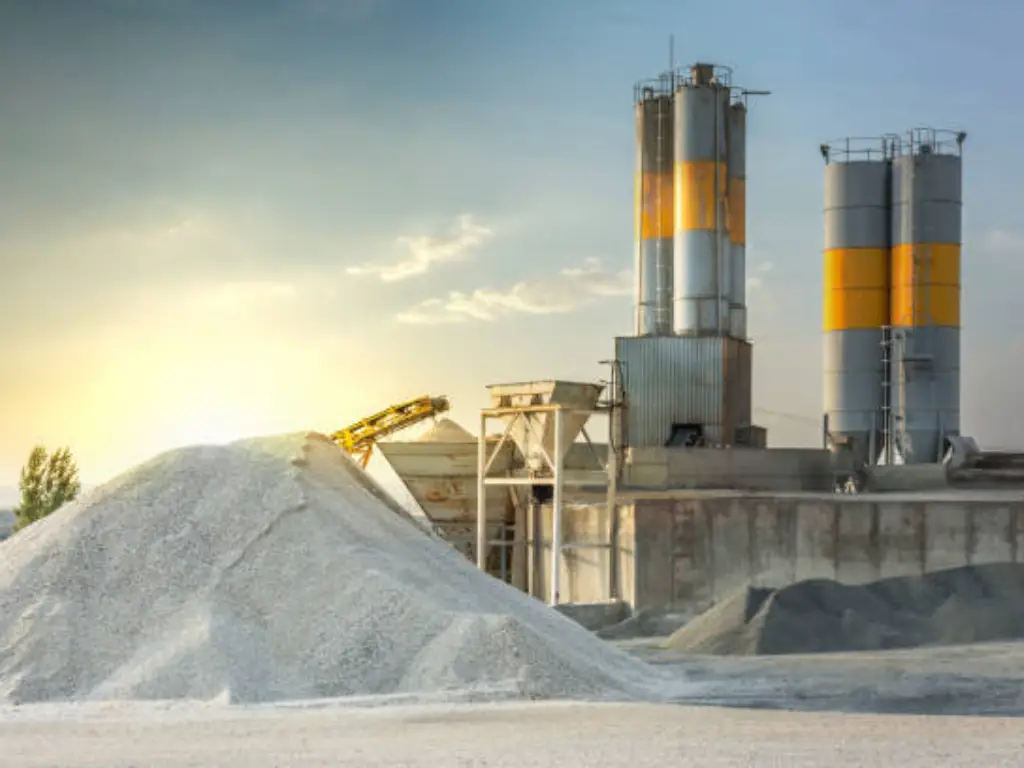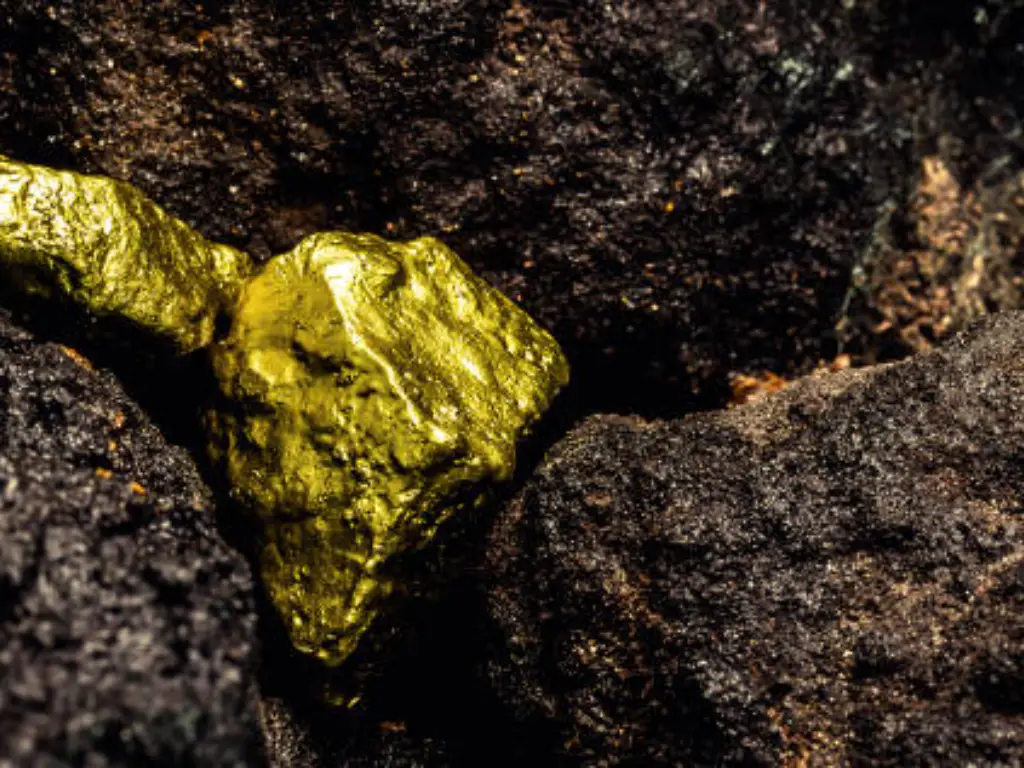- Home
- Blog
- Mineral Solution
- Understanding the Gold Mining Process: A Comprehensive Guide
What is Gold Mining?
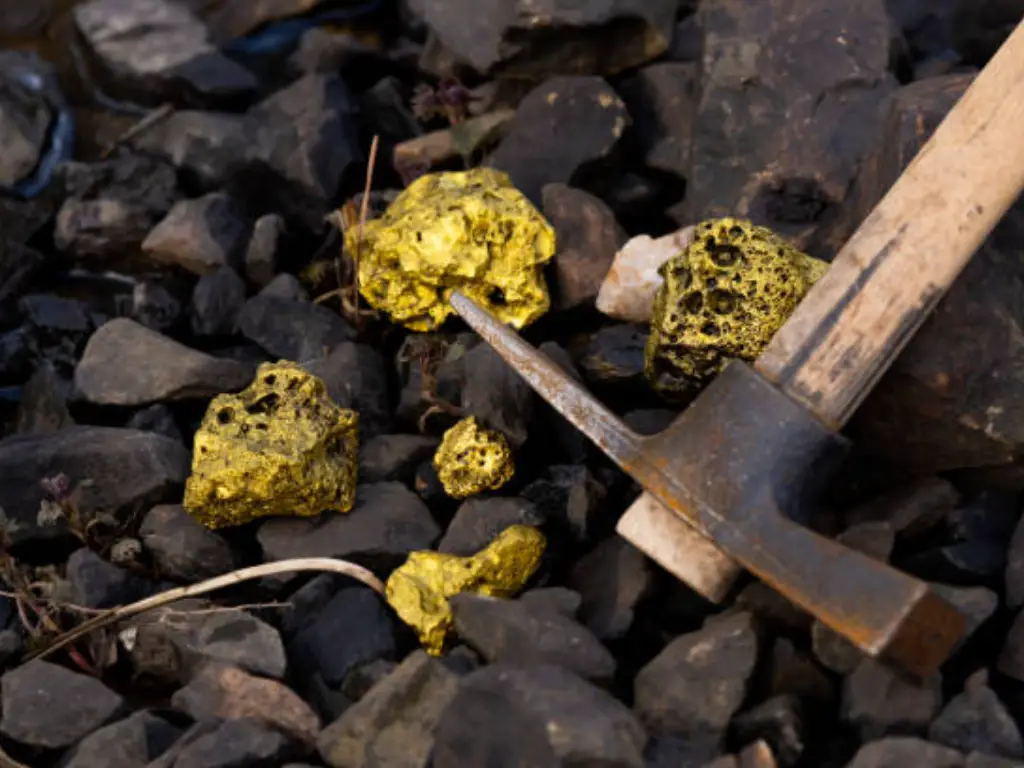
Gold mining is the extraction of gold from the earth and has been practiced for many centuries. This extraction can be done in one or the other depending on the type of deposit and its geographical location. The primary objective is to isolate gold from the other materials and purify it to become metallic gold suitable for use in different industries. It is a step by step process that begins with the exploration of the land in search of gold deposits, mining where the gold deposits are extracted, and then processing and refining to get the pure gold.
Gold mining as a business has developed into a complex and technical process. Methods like the surface mining, underground mining and the placer mining are used to extract gold from various types of deposits. Sophisticated technologies and tools are used to improve productivity, safety, and the preservation of the environment. Whether it is industrial mining in the major gold bearing areas of the world or small scale mining by individuals, gold mining continues to be an important industry in the world today as it supplies a metal that is used in almost all aspects of life, including in jewelry, electronics, investments, and in the medical field.
Types of Gold Deposits and Their Formation
| Type of Deposit | Formation Process | Characteristics |
|---|---|---|
| Lode (Primary) | Formed through hydrothermal processes, where gold is deposited in veins or ore bodies within rock formations. | Often found deep underground, requiring extensive exploration and drilling. Typically associated with quartz veins and other minerals. |
| Placer (Secondary) | Created by the weathering and erosion of primary deposits, leading to the accumulation of gold particles in riverbeds, beaches, and other sedimentary environments. | Found near the surface in alluvial deposits. Easier to mine using methods like panning, sluicing, and dredging. Gold particles are usually smaller and dispersed. |
Lode deposits are comparatively more difficult to exploit because of their depth and the requirement of extensive underground work and structural control. While, placer deposits are easier to locate and are mined using less complex and expensive methods.
For an in-depth look at gold formation, check out “How Is Gold Formed: Exploring the Journey from Space to Earth“
How to Mine for Gold?
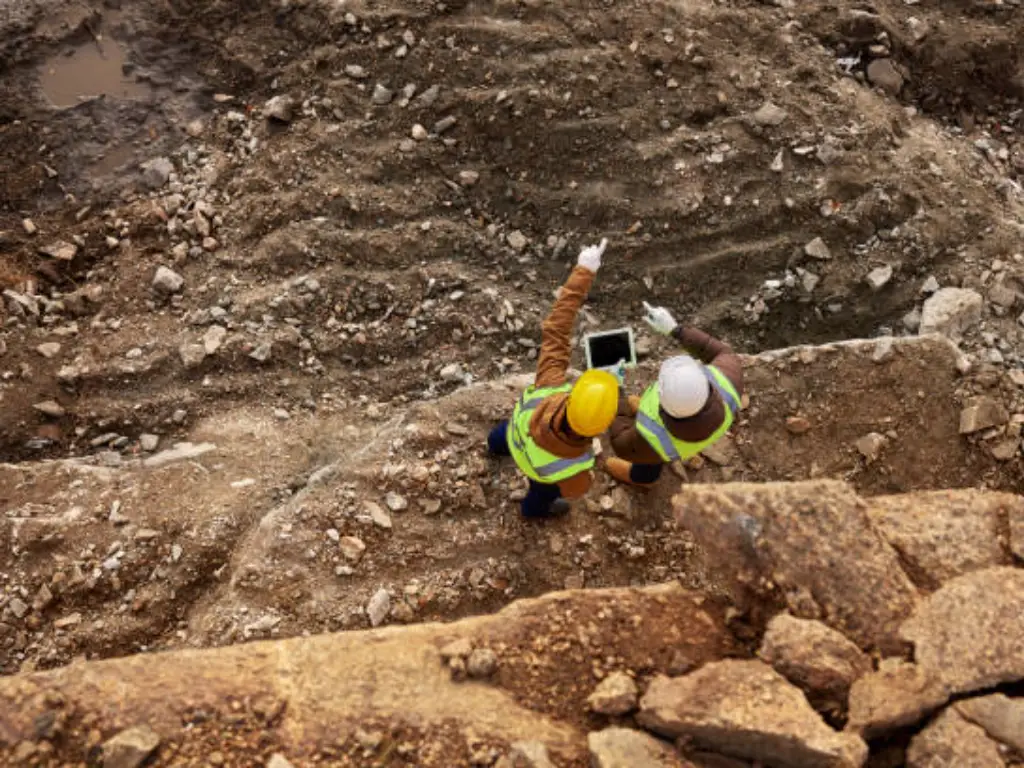
Mining for gold involves a series of stages, each critical to the overall success of the operation. The following steps outline the key stages in the gold mining process:
Step 1: Exploration Activities
Exploration is the initial process of mining for gold and entails surveys and mapping of the area of interest. Gold deposits are located through the use of sophisticated equipment like satellite imagery and aerial photography by the mining companies. Following the aerial surveys, an exploration drilling is carried out to obtain core samples from the ground. These samples are taken to laboratories for testing to check if gold is present and the quantity present. From this data, detailed structural mapping and a resource model are created. During this process, it is necessary to apply for permits and communicate with the local population to resolve any issues. Another factor is the ability to cause the least amount of harm to the environment during exploration.
Step 2: Scoping Study
A scoping study assesses the technical and economic viability of the mining project. It contains a preliminary evaluation of the mineral resource estimate in relation to the exploration information. The engineers and geologists then use the data to determine the tonnage and the grade of gold resources. It also looks at the infrastructural requirements like the transport network, electricity and water consumption. Financial models are developed to estimate the cost and possible revenues. This step assists mining firms in determining whether to go to the next level of feasibility studies, including a detailed assessment of developing an underground mine through a series of exploration drilling. It is important to include environmental and social effects early on when applying for future permits.
Step 3: Resource Model and Estimate
The construction of a resource model is a complex process that entails the establishment of a three-dimensional model of the gold deposit. The drilling data and geological observations are combined by geologists with the help of software. The model is useful in determining the distribution and amount of gold in the deposit. From this model, a resource estimate is derived which defines the gold as measured, indicated or inferred resources. Resource modeling is critical in planning the mining operations since it provides the right information about the resources. The model needs to be updated periodically as new data from ongoing exploration activities are obtained. This step also involves risk assessments to handle any risks that may be associated with the data.
Step 4: Environmental Considerations
Environmental concerns are always a major factor in gold mining to reduce the effects on the environment and the people. This step entails the use of environmental impact statements (EISs) to establish risks that may include water pollution and habitat loss. Such measures as water flow management are applied to avoid polluting the adjacent water sources. The usage of caustic soda and other chemicals is well controlled to prevent any harm to the environment. Another requirement is that mining companies should also have a clear plan of water consumption and its usage, which should be sustainable. The two critical components of environmental management are monitoring and reporting to ensure compliance with the set regulations and best practices. Stakeholder relations involve the local communities and the regulatory agencies to ensure that the company is accountable.
Step 5: Mining Methods
Selecting the right mining technique is determined by the kind of gold deposit and the area it is located in. Placer mining is most frequently used The selection of the right mining technique is determined by the type and location of the gold deposit. This method is used in alluvial deposits where gold bearing gravel is washed using rocker boxes and suction dredges. The water flow assists in the process of washing and the lighter materials are washed away leaving gold at the bottom of the pan. In the case of solid rock deposits, hard rock mining is used, either through the open-pit or through the underground mining method. This method involves blasting the rock and then transporting the material to processing plants. Placer and hard rock mining are very sensitive to the environment and hence need to be planned well and constantly monitored to avoid adverse effects on the environment.
Learn about various types of gold mining by clicking “What type of mining was used to find gold?An In-Depth Look”
Step 6: Gold Processing
Gold processing is the method of extracting gold from its ores. The ore is then crushed and ground into a fine powder using steel balls in a ball mill after mining. This powder is then mixed with water to form a slurry and then treated with chemicals such as gold cyanide to dissolve the gold. The solution that is produced is then treated by different techniques including carbon-in-pulp or electrowinning to recover gold from the slurry. The extracted gold is then purified to eliminate the unwanted elements or materials that may be present in the gold. Measures against hazards are crucial during processing to avoid harm to the workers and to minimize pollution of the environment.
Step 7: Refining and Smelting
The final step of the process involves refining and smelting of the concentrate to produce the final metal In this step, the concentrate is subjected to further chemical and physical processes to remove the impurities and prepare it for smelting. The last processes in the extraction of gold are refining and smelting to obtain pure gold. The extracted gold is then subjected to smelting process in which it is exposed to high temperatures in a furnace to remove the unwanted materials. Fluxes are added to react with the impurities and form a slag which can be easily taken away. The molten gold is then poured into molds to make bars or any other shape that is desired. Purifying further purifies the gold, sometimes to 99. 99% purity, by using electrochemical methods. This is important as it helps in maintaining the quality of the final product as per industry standards. Purified gold is then available for sale or for other applications in different sectors, such as the manufacturing of jewellery and electronics.
Step 8: Reclamation
Rehabilitation entails putting the land back into its original state or using it for other productive purposes. This process begins with the closure of open pits and the management of tailings to avoid erosion and water pollution. Plants are replaced to encourage the growth of vegetation. Mining firms prepare detailed reclamation strategies before the mining process starts, with the help of environmentalists and the locals. Supervision is carried out for several years to check the effectiveness of reclamation processes. Effective reclamation reduces the negative effects on the environment in the long run and ensures public acceptance. Legal concerns are critical in mining due to the need to adhere to the legal requirements to support sustainable mining.
Step 9: Market Dynamics
The gold industry is highly sensitive to the market forces such as supply and demand, economic factors and politics. Higher prices can stimulate more exploration and production activities. Some of the biggest gold mines are usually the leading producers in the market and therefore act as a reference point for the production rates. Mining companies have to monitor the market and adapt to it. Technology and innovation can be used to improve productivity and cut expenses. It is important to establish good relations with investors and other stakeholders in order to attract funds and to have a good reputation in the market.
Step 10: Community Engagement
It is important to note that the interaction with the local people is a crucial factor in sustainable mining for gold. Mining firms need to engage the residents and respond to their concerns frequently and effectively. The economic incentives like employment opportunities and development of infrastructure are useful in winning the support of the community. Businesses should also fund social services such as education and health to enhance the standard of living of the people. Ethical reporting and compliance with the standards are beneficial for the company’s reputation and its long-term success. Engaging with non-governmental organizations and regulatory agencies can also improve the community relations and compliance with social and environmental requirements.
Gold Ore Processing Methods
There are several techniques used in gold ore processing depending on the type of the ore and the required level of purity. Here are some common methods used in gold ore processing:
Method 1: Crushing and Grinding
Crushing and grinding are the two primary comminution operations in mineral processing. Comminution is the first and major step in the process of gold extraction from its ores. The ore is first reduced in size by the use of jaw crushers or gyratory crushers which are usually followed by secondary crushers such as cone crushers. It is then further ground into a fine powder using ball mills or rod mills. The major benefit of this method is that it enhances the surface area of the ore for chemical reactions in the subsequent steps of processing. This method is applicable for all types of ore and is usually followed by any physical or chemical separation process. But it is energy consuming and may be expensive.
Method 2: Gravity Separation
Gravity separation relies on the difference in the density of minerals. Gold is denser than most of the surrounding rock and can be separated by panning, sluice boxes, jigs and shaking tables. One of them is the use of water flow to wash the lighter material away leaving the gold at the bottom of the pan or sluice. The main advantage of gravity separation is that it is cheap and easy to implement. It is especially used in the extraction of coarse gold particles that are usually encountered in placer mining deposits. But it is not as efficient for very fine particles or gold that is trapped in sulfide minerals.
Method 3: Flotation
Froth flotation is a selective process to make the base metal sulphides hydrophobic with the help of water and floating agents. The hydrophobic particles are made to rise to the surface of the slurry by the formation of air bubbles which the particles cling to. The main benefit of flotation is that it can effectively recover gold from the complex ores containing sulfides and other minerals. This method is more applicable to low-grade ores and refractory ores, making it an important process in extracting gold from gold bearing ores. The main disadvantage is the requirement of specific reagents and the process is relatively complicated.
Method 4: Cyanidation
Cyanidation is a process of dissolving gold from the ore using a cyanide solution. The gold-cyanide complex is then recovered from the solution by adsorption on activated carbon or by precipitation with zinc. This method, also known as the cyanide process, is very effective and can be used to extract gold from low grade ores. Cyanidation is popular in the contemporary gold mining because it can process large amounts of ore at once, but it is dangerous because cyanide, specifically sodium cyanide, is toxic, thus it has to be regulated and handled with care to minimize the impact on the environment and people.
Method 5: Heap Leaching
Heap leaching is a cost effective method of processing low grade ores. Ore is crushed and placed on leach pads which are then sprayed with a cyanide solution that leaches the gold from the crushed ore. The pregnant solution is then taken for gold recovery. The main benefit of heap leaching is that it is relatively cheap in terms of capital and operating expenses, which is ideal for large, low-grade resources. But it has a lower rate of recovery and depends on factors such as climate and permeability of the ore. Further, it entails proper management of leach pads to avoid polluting the environment.
Method 6: Carbon-in-Pulp (CIP)
Carbon-in-Pulp (CIP) is a gold extraction technique in which gold ore is crushed and then mixed with cyanide solution in massive tanks. The slurry is mixed with activated carbon which selectively adsorbs the gold-cyanide complex. The loaded carbon is then washed and the gold is removed from it, often by heating or chemical process. CIP is very efficient and can handle a large amount of ore at a time, it is particularly suitable for low grade gold ores. The main disadvantage is the requirement of the use of complex and costly equipment and the use of cyanide.
Method 7: Carbon-in-Leach (CIL)
Carbon-in-Leach (CIL) is also similar to CIP but in this process, the cyanidation of gold and adsorption of gold onto activated carbon occurs in the same tank. This can improve the efficiency of gold recovery and also shorten the time taken to process the ore. CIL is most beneficial for refractory ores since the two processes can be carried out in parallel to increase efficiency. The main benefit is the higher recovery rate and shorter time, but it has the same disadvantage of requiring special equipment and the problems of cyanide treatment and elimination.
Safety Measures in Gold Mining
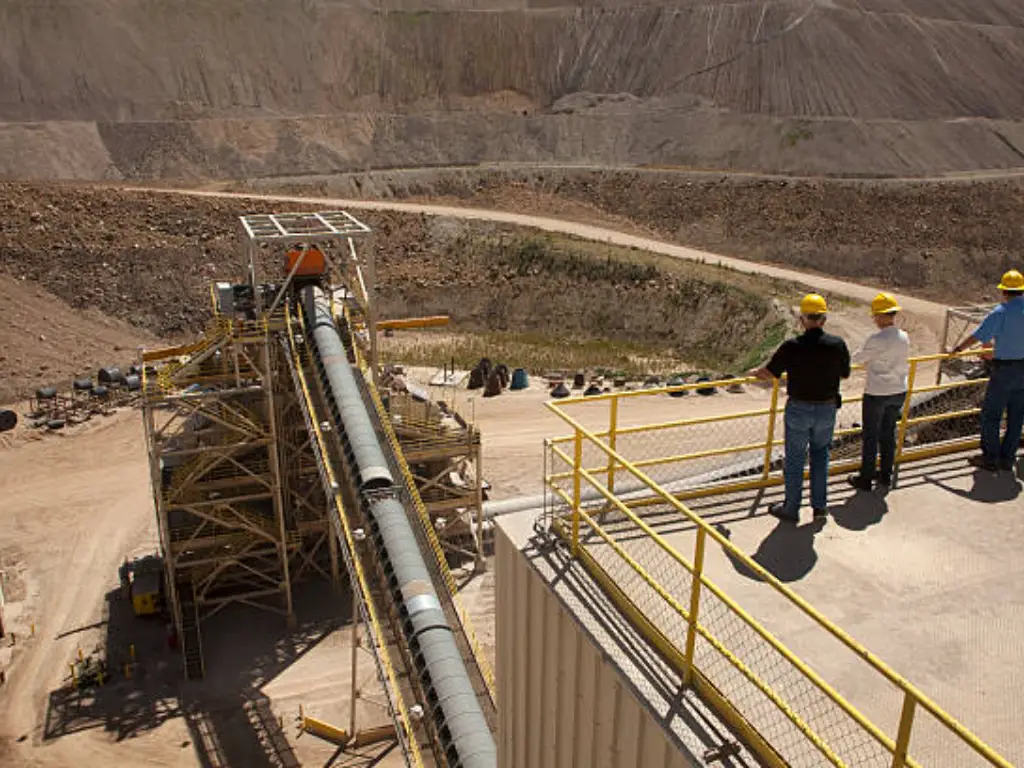
● Physical hazards: include wearing of helmets, gloves, safety glasses, and protective clothing by the PPE Workers in gold mining operations. PPE assists in avoiding accidents from falling items, sharp instruments, and contact with toxic materials. Continued training on the proper use and care of PPE guarantees that the employees are always shielded. The policies on the use of PPE are a basic requirement in the establishment of a protective working environment.
● Training and Education: Training of all employees is crucial in order to make them aware of the safety measures and evacuation plans. Drills and refresher courses are conducted from time to time to ensure that the employees are well prepared and alert. Through training of the workers on the possible dangers and how to avoid them, the mining firms can greatly minimize the occurrence of mishaps. Education for the continuous process helps to maintain the safety and security of the organization.
● Hazard Identification and Risk Assessment: Performing the hazard identification and risk assessment on a regular basis is useful in identifying possible risks before they turn into major problems. These include the assessment of the mining site, the equipment that is used in the mining process, and the process that is used in the mining of the minerals. Risk control strategies and work practice enhancements can be taken to prevent the identified risks. This way, safety measures are in line with the current conditions since they are frequently checked and updated.
● Emergency Response Plans: It is important to have well developed emergency response plans in order to handle the incidents and reduce the level of damage. Such plans should contain specific guidelines on how to evacuate, how to respond to medical emergencies, and how to communicate during emergencies. The testing and drills guarantee that all the people are aware of their duties in case of an emergency. Emergency response planning is a critical component of any organization’s safety plan as it can prevent loss of lives and minimize the effects of an accident.
● Maintenance and Safety Inspection of Equipments: Frequent maintenance and safety inspection of the mining equipments are important to ensure that the equipments are in the right working condition. Inadequate or damaged equipment can cause accidents and injuries to the workers involved. Regular maintenance and proper inspection of the machinery can help avoid mechanical breakdowns and increase the equipment’s durability. Safety of all equipment is another aspect of mine safety that must be observed to the letter to avoid any mishap.
Conclusion
It is crucial to know the process of gold mining in order to comprehend the intricacies of the industry. This guide has provided an overview of the gold mining process from exploration to refining and the safety considerations that are necessary. As for the future trends, it is possible to expect that the further development of gold mining will be influenced by the progress in technology, including automation and digitalization of the processes. Also, the concept of sustainability will play a significant role in reducing the adverse effects on the environment and the longevity of the industry. Thus, the gold mining industry can remain prosperous and efficient if it follows these innovations and stays informed.
Advanced Gold Manufacturing Solutions from JXSC
JXSC Mine Machinery Factory is a professional mining equipment and technology provider that has been in the industry since 1985. JXSC focuses on stone crushers, gravity concentration equipment, magnetic separators, feeders, and mining laboratory equipment and offers EPC services to its clients. As a company that specializes in the development and manufacture of technological equipment for mining, JXSC has established cooperation with mining companies in more than 60 countries, and has gained a good reputation for its stable equipment and efficient processing schemes.
JXSC has the capability to design and manufacture a wide range of mineral processing plants for alluvial gold, lode gold, diamond, copper, manganese, lead, iron, coltan, chrome, and silica sand. The company boasts of its quality products and services that are in conformity with the international standards as supported by the BV and ISO 9001 certifications. The management principle of JXSC is to provide the best support to the clients in the process of their mining projects, including fast and efficient sales and after-sales service. The company’s products not only cover equipment production but also engineering consultation, mineral processing test, mine design, equipment installation, debugging, and personnel training, thus forming a complete set of mining solutions.
FAQs
What are the environmental effects of copper mining?
The effects of copper mining are as follows; loss of habitat, soil and water pollution, and emission of greenhouse gases. But these effects can be managed by practicing responsible mining and recycling. The copper industry becomes more environmentally friendly to minimize the negative impact on the environment.
What are the economic effects of copper production?
Copper is an important product in the world economy since it creates employment and boosts the GDP in the mining areas. The use of copper in technology and renewable energy industries contributes to economic development. But changes in the price of copper affect economies that rely on the exportation of copper.

